At the same time, digital transformation is no longer an option but has become a prerequisite for businesses to maintain competitiveness and expand their markets. The industry and trade sector – one of the important pillars of the Vietnamese economy – is facing pressure to change rapidly to adapt to strict regulations on the environment, technical standards and traceability, especially from major export markets such as the US and China.
Improving the capacity for technological innovation, applying digitalization in production and trade, and moving towards a sustainable development model, is an urgent requirement for the entire industry - especially for the small and medium-sized enterprise sector, which accounts for a large proportion but has limited resources.
US market: Increasing green barriers, tightening traceability
As Vietnam’s second-largest export market, the US is stepping up its demands on the environment, traceability and corporate social responsibility. In 2023, exports to the US will reach about $97 billion, accounting for 28% of the country’s total exports.
Supply chain transparency and emission control are mandatory requirements. The Inflation Reduction Act (IRA) only favors products from trusted partners with low emissions. The textile, footwear, wood... industries need to invest in traceability and clean technology. Fighting forced labor under the UFLPA Act caused more than 3,000 shipments to be held in 2023. Vietnamese businesses must ensure transparency and legality throughout the supply chain. Green transportation and indirect carbon tax are also emphasized. Some states such as California have measured logistics emissions (Scope 3), forcing businesses to coordinate to reduce emissions. Upgrading the ESG system, tracing and measuring carbon is an urgent requirement to maintain market share and competitiveness in the US.
China Market: Accelerating Transformation, Raising Standards
As Vietnam’s largest trading partner, China is promoting economic autonomy, digital transformation and improving technical standards, directly affecting Vietnamese exports. Increasing localization of production according to the “Made in China 2025” and “Two-cycle” strategies.
By 2024, the localization rate in many high-tech industries will exceed 70%, narrowing the import space. Tightening environmental standards and traceability, especially in agricultural and food products. The mandatory electronic traceability system will increase the rate of returned goods by 18% in 2023. Promoting e-commerce and digitalization with nationwide 5G infrastructure and a cross-border e-commerce scale of nearly 2,800 billion yuan. To access the Chinese market, Vietnamese enterprises need to strongly transform digitally, improve production capacity and comply with new technical standards.
ESG Standards – The Driving Force for Corporate Restructuring
In the process of deep integration, ESG (Environment – Society – Governance) standards are becoming an inevitable requirement for businesses in the industry and trade sector, especially in key export markets such as the EU, the United States and Japan. ESG not only helps control risks but also creates a foundation to improve competitiveness, sustainable development and integration into the global supply chain.
Green transition pressure and cost challenges. ESG requires businesses to reduce emissions, switch to renewable energy and apply circular economic models. However, by the end of 2023, only about 14% of processing and manufacturing enterprises will use clean energy. The steel industry – emitting more than 58 million tons of CO₂ in 2022 – is a high-risk group when exporting to the EU in the context of CBAM being applied from 2026. The cost of investing in environmental technology ranging from 2–5 million USD is a major obstacle for small and medium-sized enterprises.
Increasing demands for labor rights. Social standards require fair labor conditions and clear community responsibilities. Currently, 18 million Vietnamese workers do not have formal contracts, affecting businesses’ access to social security and ESG scores. In 2023, a number of Vietnamese textile and footwear companies were investigated for suspected forced labor violations. Lack of evidence of compliance can lead to companies being excluded from the supply chain.
Governance transparency – a condition for accessing sustainable capital. Only 5% of Vietnamese enterprises have sustainability reports that meet international standards. Most small and medium-sized enterprises lack non-financial information disclosure, and do not have a clear internal control system or code of ethics. This affects the ability to raise capital, especially green capital, and reduces ESG scores – an increasingly important factor in IPO activities and global supplier selection.
ESG – Strategic driving force for repositioning the industry and trade sector
ESG is gradually becoming an indispensable “passport” for businesses in the industry and trade sector to access international markets, attract investment and affirm their reputation in the global supply chain. However, most businesses – especially small and medium-sized enterprises – still do not fully understand ESG, while the two biggest barriers today are investment costs and a lack of qualified human resources.
For ESG to become a real driving force for development, it requires synchronous support policies from the State, including green credit, human resource training, market connection and standardization of reporting systems. If we act early and have a long-term strategy, ESG will no longer be a challenge but an opportunity for the Vietnamese industry and trade sector to reposition itself on the global trade map until 2030 and beyond.
Green – digital transformation: Unblocking bottlenecks to create breakthroughs
Green transformation and digital transformation are two strategic pillars to enhance competitiveness and sustainable development. However, the implementation process in Vietnam is still facing many bottlenecks that need to be resolved.
Digital transformation lacks foundation and driving force, currently only about 25.6% of businesses apply advanced digital tools such as ERP, CRM; AI, Big Data, IoT technology is mainly concentrated in a few large businesses. The main barriers are high costs, lack of technology human resources and fear of change.
Green transformation is not synchronized and small-scale. Renewable energy accounts for 14.7% of total electricity capacity by the end of 2023, mainly from solar and wind power, but most of them are small projects, not connected to transmission infrastructure. Green investment policies are still limited, lacking a carbon pricing framework and a green credit market.
Research-enterprise linkages are still weak. Vietnam has nearly 500 research institutes and technical schools, but only about 12% of enterprises cooperate regularly. The “three-house” model has not been effective due to the lack of a benefit-sharing mechanism and an intermediary organization.
Human resources and capital are two major bottlenecks. Technology human resources are lacking in both quantity and quality. Vietnam needs 150,000 IT engineers each year but only meets about 40%. Small and medium enterprises have difficulty accessing green capital due to lack of collateral and failure to meet ESG criteria.
Proposed policies to support small and medium enterprises (SMEs)
Perfecting institutions and policies to develop a set of national ESG standards. In the context of sustainable development, it is necessary to issue a set of ESG standards in accordance with international practices (GRI, ISO 26000...) to support SMEs - which account for 97% of the total number of enterprises - to meet the requirements of export markets such as the EU and the United States. There should be simple instructions and appropriate training for SMEs. Integrating green - digital elements in support policies: It is necessary to redesign post-COVID-19 recovery support packages with priority conditions for enterprises implementing ESG, digitalization or investing in clean technology. Promoting the role of Nafosted and NATIF Funds in funding research and application of green technology. Encouraging localities to build centers to support digital - green transformation for SMEs.
Financial policy – preferential tax credit for clean technology investment: High-tech enterprises enjoy a tax rate of 10% for 15 years. This incentive should be extended to SMEs investing in environmentally friendly technology. Establish a green credit fund for SMEs through policy or commercial banks with interest rate support to facilitate access to green investment capital for SMEs.
Training and technology transfer. Organizing ESG training and digital transformation by industry: Building specialized training programs suitable for the characteristics of each field such as textiles, agricultural products, logistics... combining theory - practice and international experts. Developing open resource libraries, self-assessment tools for ESG readiness and digital transformation. Increasing the role of industry associations: Supporting associations to connect businesses with experts, research institutes, and technology transfer organizations. The State needs an ordering mechanism for associations to deploy ESG transformation models and effective technology transfer similar to Korea and Singapore.
Conclude .
In the trend of global sustainable development, Vietnam’s industry and trade sector is facing increasing pressure from major trade partners such as the EU, the US, China, etc. through technical barriers, environmental standards and social responsibility requirements. Dual transformation – including green transformation and digital transformation – has become an urgent requirement for the industry to maintain growth, integrate deeply and improve its position in the global value chain.
Green transformation helps businesses meet new standards, reduce risks and compliance costs, while digital transformation is an important infrastructure to optimize operating models, increase efficiency and competitiveness. When the two processes are implemented synchronously, the synergy will create a breakthrough for quality growth and exports.
Recommendation:
To achieve effective dual transformation, synchronous coordination is needed from the State, enterprises and development support organizations:
The Government completes green finance policies and preferential credit for clean technology; builds a favorable legal corridor for digital transformation, especially for small and medium enterprises.
Enterprises proactively upgrade their supply chains, clarify product origins, and standardize according to environmental, social, and governance (ESG) criteria to expand markets and attract sustainable investment.
The innovation ecosystem soon forms an effective network of connections between businesses, research institutes, universities and international organizations; develops environmentally friendly products, applies comprehensive digital technology , and targets high-standard markets.
Master Nguyen Manh Hung
Hung Gia Group General Company Limited
Source: https://doanhnghiepvn.vn/cong-nghe/nghien-cuu-khoa-hoc/chuyen-doi-xanh-va-so-nganh-cong-thuong-dap-ung-yeu-cau-moi-cua-thi-truong-my-va-trung-quoc/20250528024217273




![[Photo] 60th Anniversary of the Founding of the Vietnam Association of Photographic Artists](/_next/image?url=https%3A%2F%2Fvphoto.vietnam.vn%2Fthumb%2F1200x675%2Fvietnam%2Fresource%2FIMAGE%2F2025%2F12%2F05%2F1764935864512_a1-bnd-0841-9740-jpg.webp&w=3840&q=75)
![[Photo] National Assembly Chairman Tran Thanh Man attends the VinFuture 2025 Award Ceremony](/_next/image?url=https%3A%2F%2Fvphoto.vietnam.vn%2Fthumb%2F1200x675%2Fvietnam%2Fresource%2FIMAGE%2F2025%2F12%2F05%2F1764951162416_2628509768338816493-6995-jpg.webp&w=3840&q=75)

















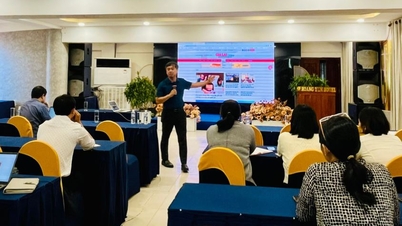


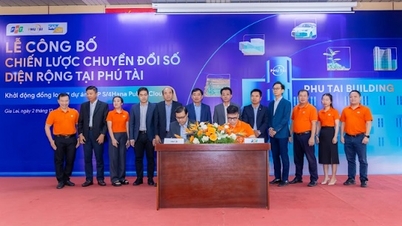























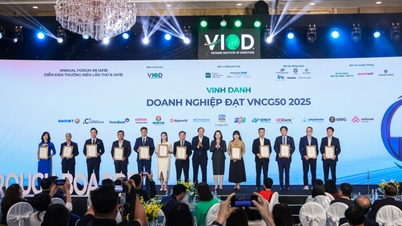

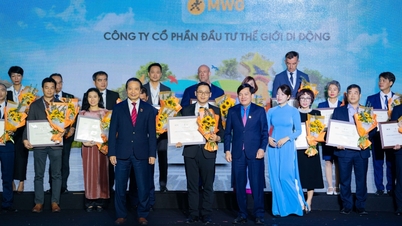
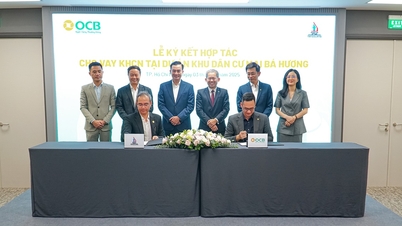
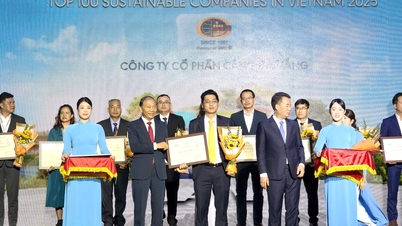











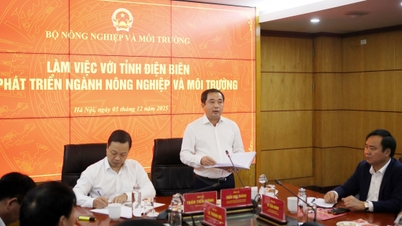

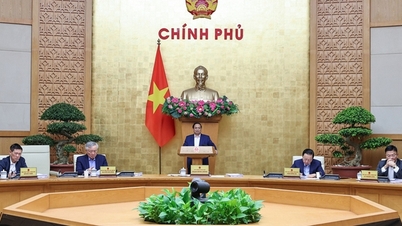





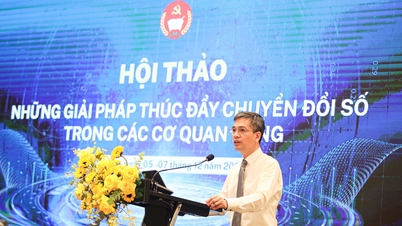

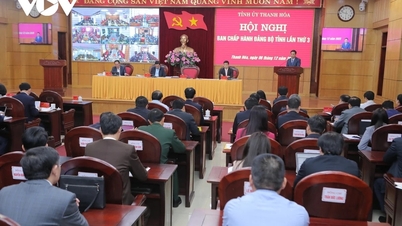
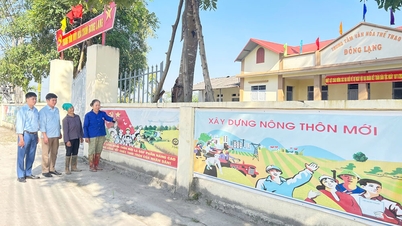


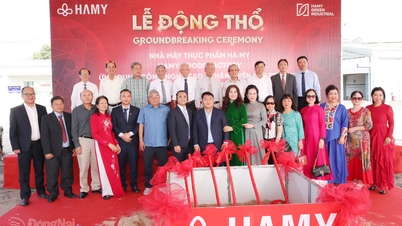




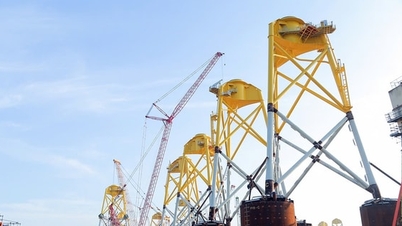
















Comment (0)